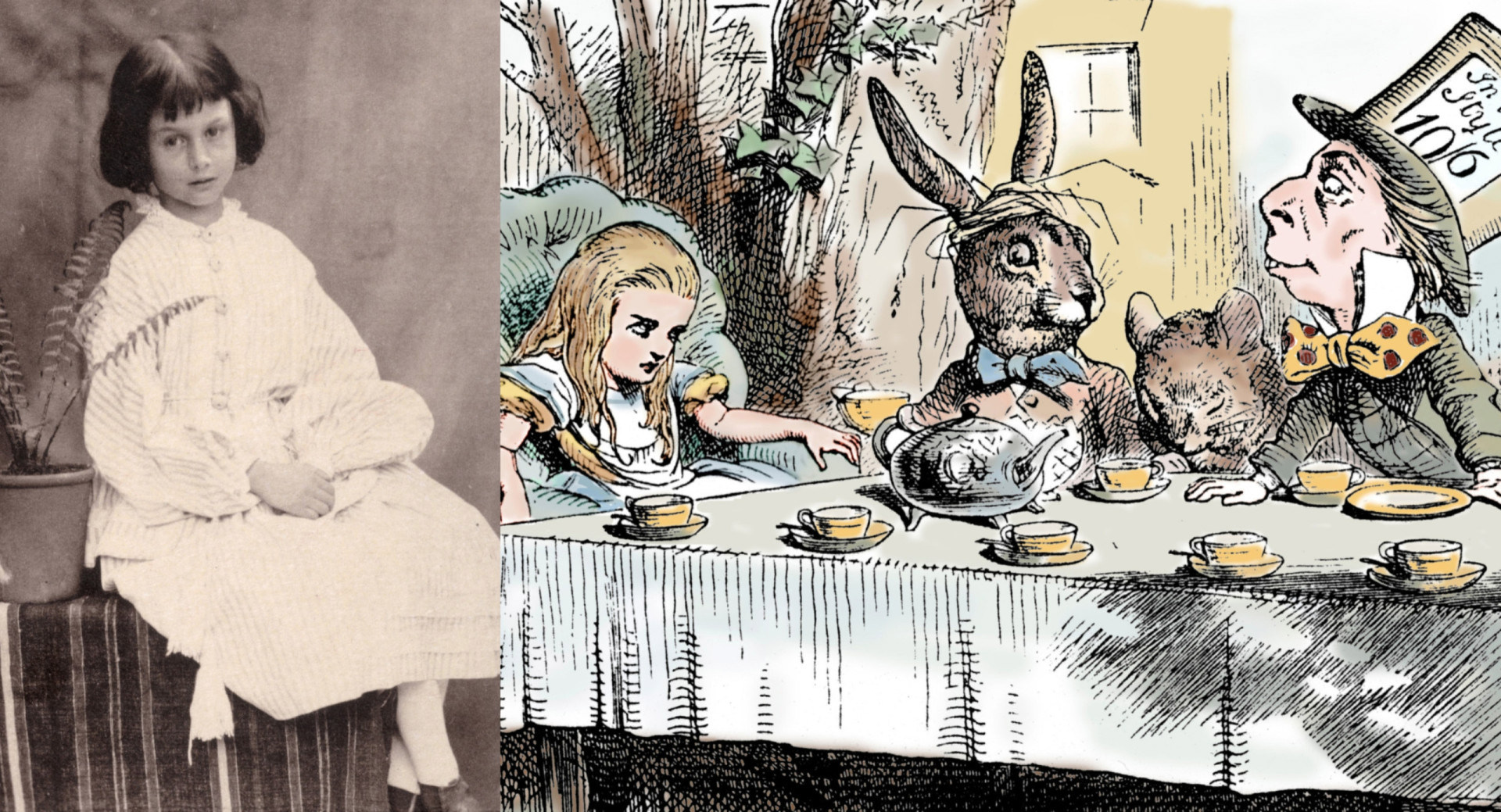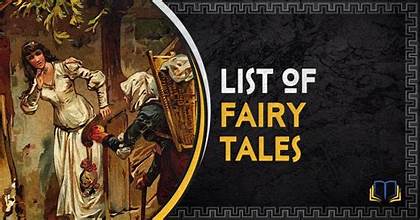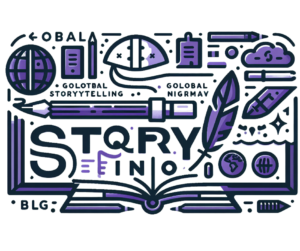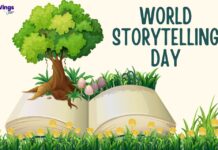
Fairy tales have enchanted audiences for centuries, offering more than just whimsical stories and fantastical characters. Beneath their magical surfaces lie profound lessons and morals that reflect the values, fears, and hopes of the societies that created them. In this article, we delve into the hidden meanings within classic fairy tales, uncovering the timeless wisdom they impart and exploring how these narratives continue to resonate today.
The Timeless Appeal of Fairy Tales
Fairy tales, from the Brothers Grimm to Hans Christian Andersen, have been a cornerstone of cultural storytelling. These tales, often passed down through generations, blend imagination with morality. They provide not only entertainment but also a mirror reflecting societal norms and individual values. While the specific contexts of these stories may have evolved, their core messages remain relevant, offering insights into human nature and ethics.
1. The Power of Good vs. Evil
One of the most prominent themes in fairy tales is the battle between good and evil. Stories such as Snow White and the Seven Dwarfs and Cinderella depict clear distinctions between virtuous protagonists and malevolent antagonists. These tales often portray good triumphing over evil, reinforcing the notion that virtue will ultimately prevail.
- Snow White and the Seven Dwarfs: In this classic tale, Snow White represents purity and kindness, while the Evil Queen embodies envy and malice. The story’s resolution, with Snow White’s eventual rescue and the Queen’s downfall, underscores the idea that goodness will ultimately overcome wickedness.
- Cinderella: Cinderella’s journey from mistreatment to eventual happiness highlights the theme of justice and reward for virtue. Her kindness and perseverance lead to her triumph over her cruel stepsisters and stepmother, illustrating that true goodness is recognized and rewarded.
2. The Importance of Personal Growth and Transformation
Fairy tales often emphasize the importance of personal growth and transformation. Characters frequently undergo significant changes, both physically and emotionally, as they navigate their adventures. These transformations symbolize deeper changes in character and maturity.
- Beauty and the Beast: This tale centers on Belle’s transformation from a humble girl into a self-assured woman who sees beyond appearances. The Beast’s transformation from a fearsome creature into a prince reflects the power of love and understanding to change and heal. This narrative teaches that inner beauty and personal growth are crucial for meaningful relationships and self-discovery.
- The Ugly Duckling: Hans Christian Andersen’s story follows a duckling that is ostracized for its appearance, only to grow into a beautiful swan. The tale conveys a powerful message about self-acceptance and the realization of one’s true potential. It suggests that personal growth often comes from embracing one’s uniqueness and enduring hardship.
3. The Value of Wisdom and Caution
Many fairy tales impart lessons about the value of wisdom and the consequences of foolishness. Characters who act impulsively or without foresight often face dire consequences, while those who use their intellect and caution are rewarded.
- Little Red Riding Hood: This story teaches the importance of being cautious and wary of strangers. Little Red Riding Hood’s encounter with the Big Bad Wolf highlights the dangers of naivety and disobedience. The tale warns readers about the potential risks of straying from the path and ignoring trusted advice.
- Jack and the Beanstalk: Jack’s adventure with the magical beanstalk underscores the value of cleverness and caution. His ability to outwit the giant and seize valuable resources demonstrates the importance of using one’s wits in challenging situations, while also showing the potential perils of greed and recklessness.
4. The Role of Fate and Destiny
Fairy tales often explore the concept of fate and destiny, suggesting that certain outcomes are predetermined and beyond human control. Characters frequently face situations that test their resilience and adaptability, ultimately revealing a greater plan at work.
- Rumpelstiltskin: This tale revolves around a miller’s daughter who is forced to spin straw into gold. Rumpelstiltskin’s role in the story represents the idea of fate’s intervention and the importance of understanding one’s own destiny. The tale illustrates how dealing with seemingly impossible tasks can lead to unexpected outcomes and the revelation of hidden truths.
- The Frog Prince: The transformation of the frog into a prince is a classic example of fate and destiny at play. The story suggests that true love and genuine character can break magical curses, and that individuals must often fulfill their destined roles through acts of bravery and sincerity.
5. The Significance of Family and Relationships
Fairy tales frequently address the dynamics of family and relationships, emphasizing the importance of love, loyalty, and trust. They often portray the complexities of family life and the ways in which relationships can influence one’s path.
- The Twelve Dancing Princesses: This story highlights the themes of sibling loyalty and the strength of familial bonds. The princesses’ unity in the face of adversity and their shared journey demonstrate the power of family support and collaboration in overcoming challenges.
- Rapunzel: Rapunzel’s story emphasizes the importance of trust and perseverance in relationships. Her journey from isolation to freedom illustrates the need for genuine connections and the impact of trust on personal liberation and happiness.
Conclusion
Classic fairy tales offer more than just magical escapades; they are rich with lessons and morals that continue to resonate with audiences today. By exploring the hidden meanings within these stories, we uncover timeless wisdom about good versus evil, personal growth, wisdom and caution, fate and destiny, and the significance of relationships. These tales serve as a reminder of the enduring values that shape human experience and the power of storytelling to impart profound truths across generations.












